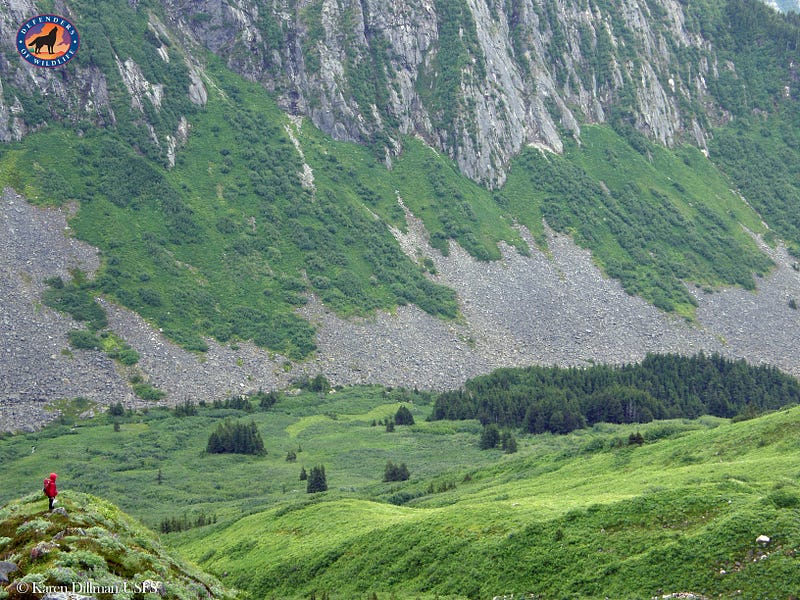
The Tongass National Forest is the largest intact temperate rainforest reserve on the continent, encompassing almost 17 million acres in southeast Alaska. Five species of salmon, brown and black bears, bald eagles, wolves, mountain goats, and Sitka black-tailed deer all call this national forest home. Migratory birds that come from all over the continent spend the summer nesting and breeding here, and unique endemics like the Prince of Wales flying squirrel reside on some of the many islands across the forest.
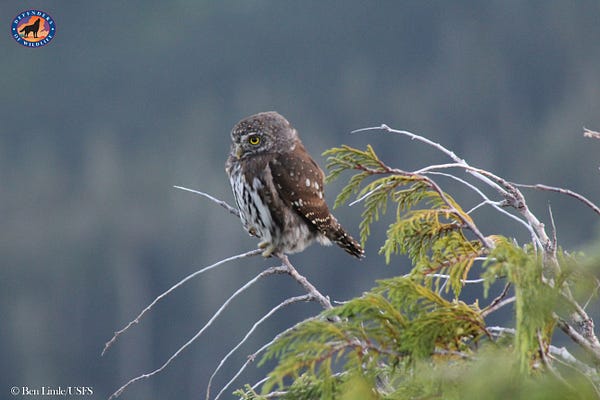
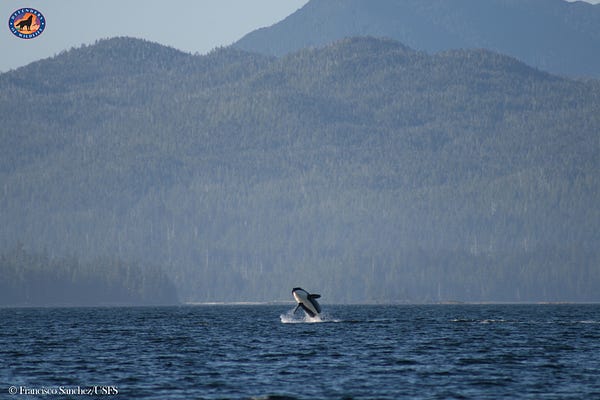
Parts of this magnificent landscape were heavily logged in the past, but there are still over 5 million remaining acres of high quality old-growth forest habitat on the Tongass. About half of that remaining priceless habitat is contained within the 9 million acres of inventoried roadless areas that are protected from roadbuilding and logging by the national Roadless Area Conservation Rule.
The 2001 Roadless Rule is a landmark Forest Service regulation that protects 58 million acres of unlogged and unroaded National Forest System lands in the country. The Roadless Rule reflects a decision to save what is left of our intact forest ecosystems as we continue on the long and expensive journey of restoring forestlands that are already heavily fragmented from logging and other activities.
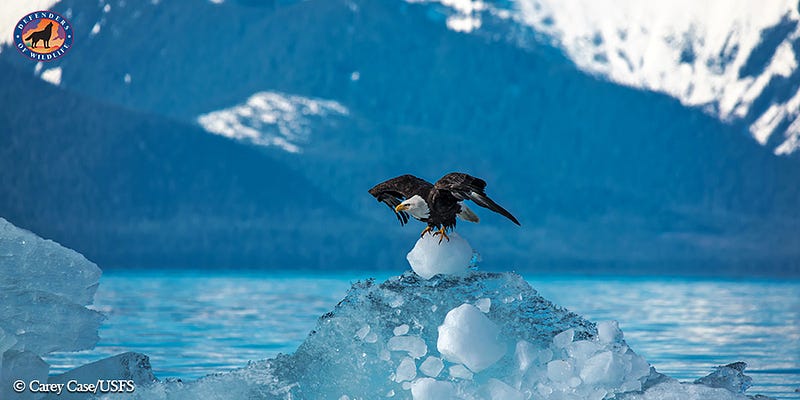
Roadless Rule Under Attack
In January 2018, the state of Alaska petitioned the Forest Service to exempt the Tongass from the Roadless Rule, or develop a Tongass-specific version of the rule that would allow more logging and roadbuilding. The compliant Trump Administration was happy to announce a rulemaking process to accomplish just that. Thus, the part of the Tongass most important for wildlife is now under direct threat from the Trump Administration and the state of Alaska.
Public meetings were held throughout southeast Alaska, at which a consistent theme emerged: most Alaskans are oppose changes to the Roadless Rule in the Tongass. Indeed, apart from a few politically well-connected timber companies and supporters, it is difficult to find any enthusiasm for this effort within the state.
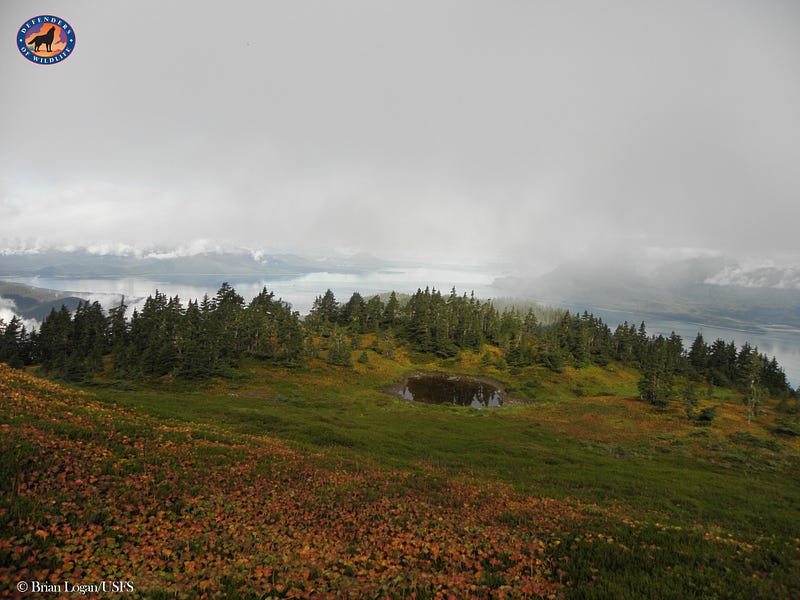
To save what is left of the best fish and wildlife habitat in the Tongass, we need strong protections like the Roadless Rule. That remaining habitat supports vibrant fishing, recreation, and tourism industries that are now the real economic drivers in southeast Alaska, providing 25 percent of the region’s jobs and economic activity. In contrast, the timber industry provides less than 1 percent of the region’s jobs and earnings. The timber industry has long struggled to make ends meet on the Tongass, costing taxpayers over $130 million from 2009–2013 alone as timber sale receipts consistently fell far short of Forest Service expenses for administering the logging program.
The effort to repeal or weaken the Roadless Rule in the Tongass will facilitate additional destruction of precious forest fish and wildlife habitat at taxpayer expense, to benefit a few. It is a “Hail Mary” attempt to float an unprofitable industry for another generation of destructive old-growth clearcutting before the inevitable demise of this unsustainable practice.
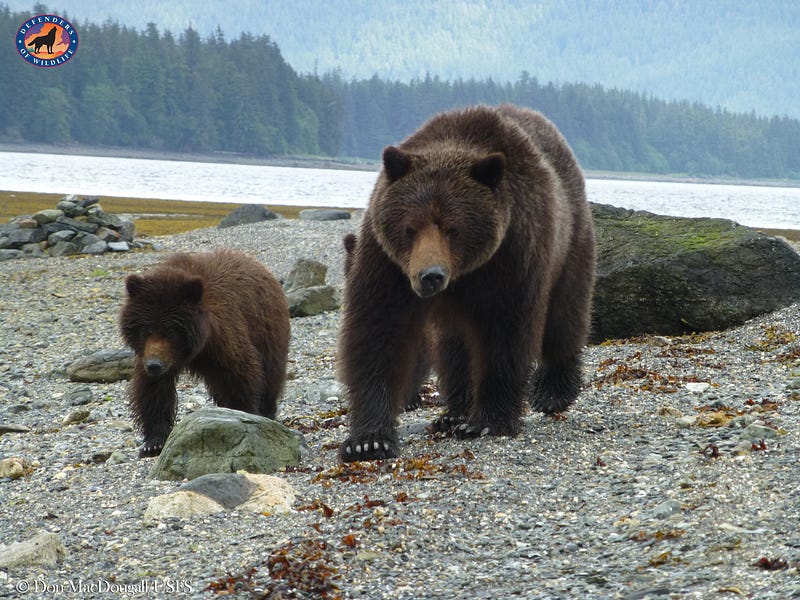
Standing Up for Tongass Wildlife
The proposal to gut the Roadless Rule on the Tongass is in its infancy and there is time to tell the Forest Service that you value the remarkable fish and wildlife of the Tongass, and don’t want to see their ancient forest homes turned into stumps. The Forest Service is taking comments on this proposal until October 15 and the Tongass needs your voice:





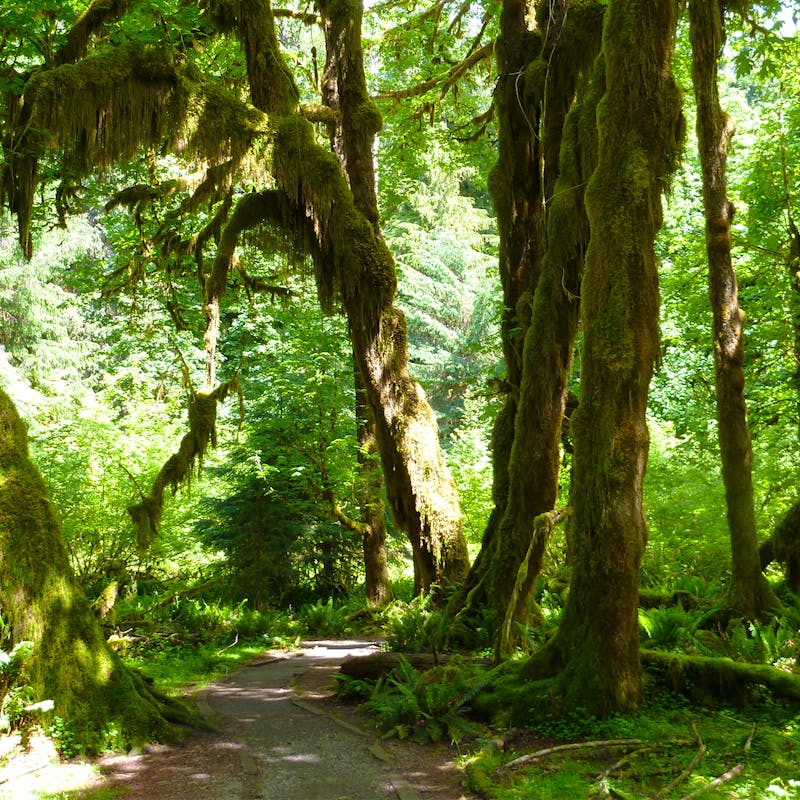



Follow Defenders of Wildlife
facebook bluesky twitter instagram youtube tiktok threads linkedin